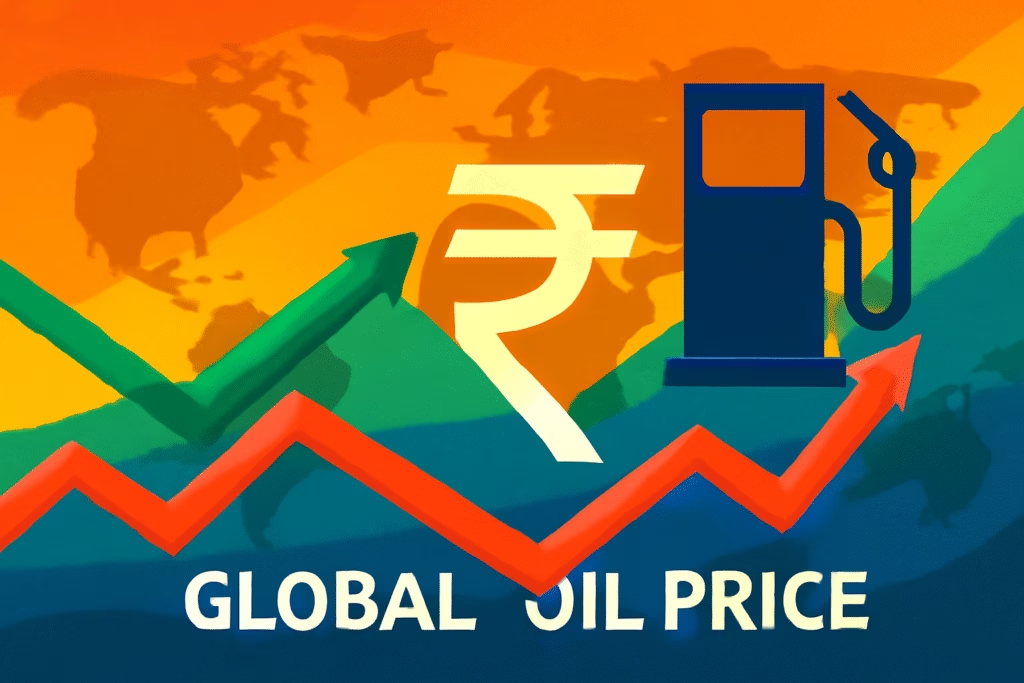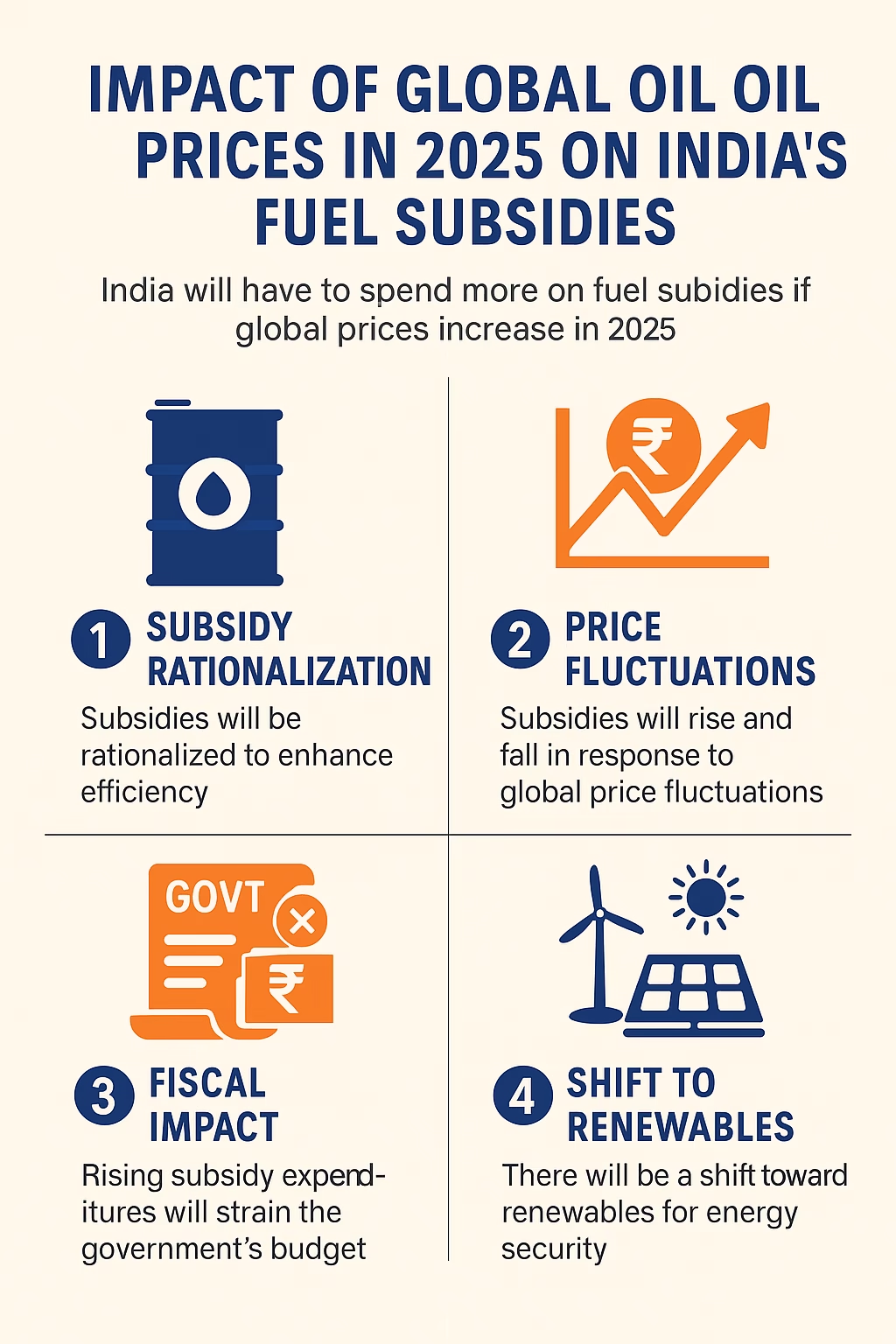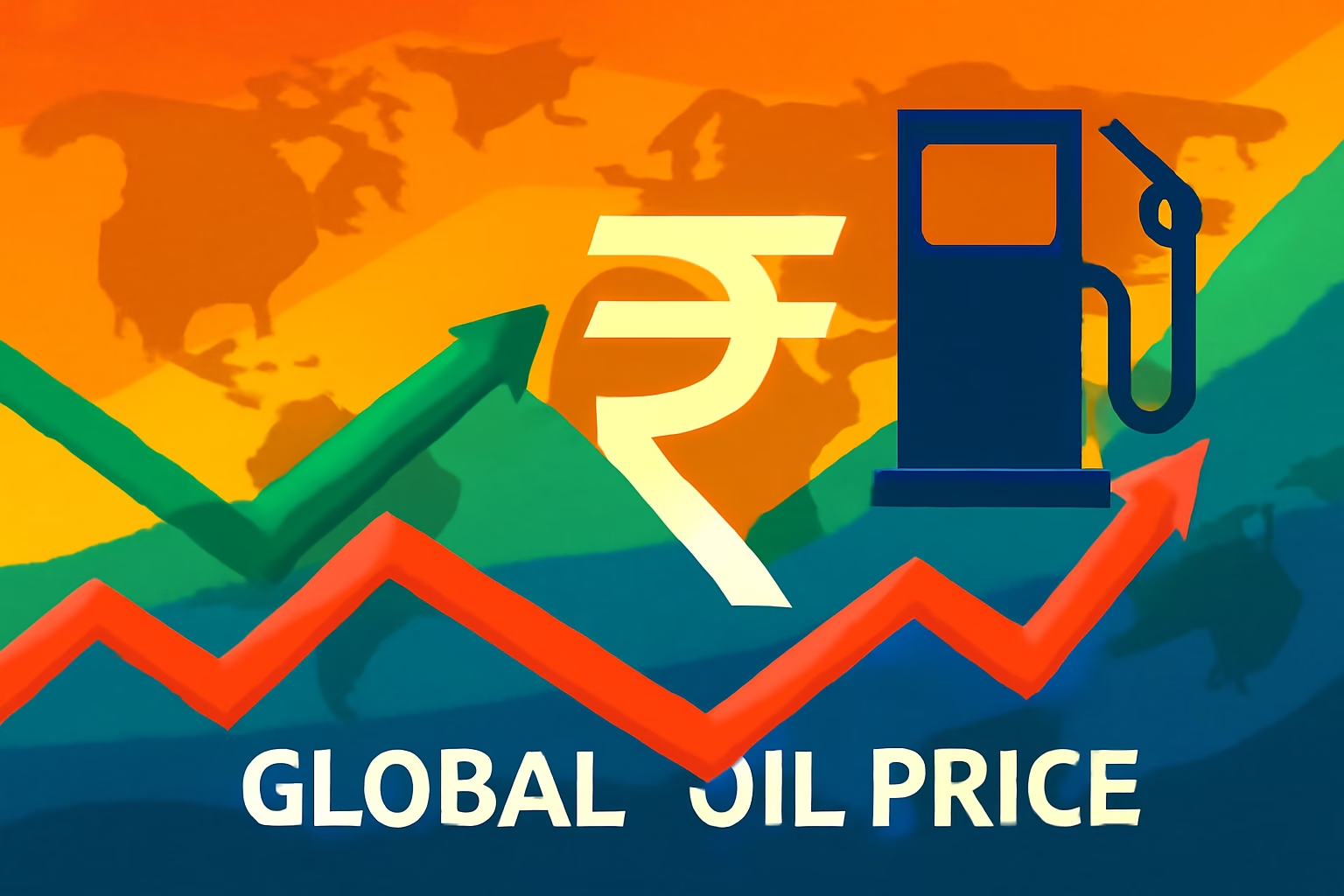In 2025, the interplay between global oil prices and India’s fuel subsidies is poised to shape the economic landscape for millions of Indians. The volatile international crude oil market directly affects India’s subsidy bills, government budgets, and ultimately the prices consumers pay at the pump. Understanding how global oil prices in 2025 could change India’s fuel subsidies is critical for policymakers, consumers, and industry stakeholders. This article breaks down the issue in a straightforward manner, explains the challenges, and offers practical insight to navigate this evolving scenario.

The Link Between Global Oil Prices in 2025 and India’s Fuel Subsidies
India imports over 85% of its crude oil needs, priced largely in US dollars on international markets. This exposes the country to fluctuations in global oil prices, which can swing widely due to geopolitics, supply disruptions, demand shifts, and currency changes.
When global oil prices rise sharply, the cost of imported crude climbs. To shield Indian consumers from sudden price shocks, the government often provides fuel subsidies on petrol, diesel, LPG, and kerosene. These subsidies partially cover the difference between market-reflective prices and controlled retail prices.
However, maintaining subsidies during price spikes dramatically increases the government’s expenditure and widens fiscal deficit.
The Challenge for India’s Budget in 2025
- India’s fuel subsidies have historically accounted for a significant share of the national budget. For instance, subsidies on gasoline and diesel alone totaled around ₹27,000 crore in just a 9-month period between 2018 and 2019.
- In 2025, with crude prices hovering near $69 per barrel (Indian Basket average as of August 2025) and looming geopolitical uncertainty, managing subsidies without ballooning deficits is a major fiscal challenge.
- The government faces a tough choice: either protect consumers by increasing subsidies, risking fiscal strain and inflation, or reduce subsidies, which raises retail prices and can spark public backlash.
How Global Oil Prices in 2025 Could Change India’s Fuel Subsidies: Key Dynamics
1. Potential Reduction and Rationalization of Subsidies
- To ease fiscal burdens, India is likely to continue the trend of subsidy rationalization through targeted cash transfers instead of blanket fuel price controls.
- This means subsidies would increasingly be focused on the most vulnerable populations while allowing market-driven adjustments for the general consumer.
- For instance, ongoing LPG subsidy reforms offer direct benefit transfers to lower-income households, helping contain expenditure despite oil price volatility.
2. Increased Reliance on Excise Duty Adjustments
- The central government uses excise duty cuts or increases on petrol and diesel as a tool to manage retail prices amid fluctuating global oil costs. Excise reductions ease consumer prices without direct subsidies but reduce tax revenues.
- In early 2025, the government cut excise duties to cushion consumers from high prices but reversed some cuts later to recalibrate finances, illustrating this balancing act.
3. Impact on State-Level Subsidy Policies
- States continue to vary in their approach, with some reducing VAT on petroleum products to lower consumer prices, while others maintain higher rates to support state budgets.
- The interplay between global oil prices and these state policies further affects final retail fuel costs and the subsidy burden borne locally.
The Currency Exchange Factor: Rupee and Dollar Dynamics
- Since oil is priced in dollars, fluctuations in the USD-INR exchange rate compound the impact of global oil prices on India’s subsidy bills.
- A weaker rupee against the dollar makes oil imports more expensive, intensifying subsidy costs during oil price spikes.
- Conversely, a stronger rupee can lessen subsidy expenses and help in managing price stability.
Addressing Inflation and Economic Impact
- High global oil prices and persistent subsidies risk fueling inflation in India, impacting fuel-dependent sectors and consumer prices broadly.
- This situation can slow economic growth, necessitating careful government policymaking to balance subsidy costs and inflation control.
Explained: How Government’s New Digital Trade Policy Could Cut Costs for MSMEs
The Shift Towards Fuel Price Deregulation and Market Pricing
- India is progressively moving towards deregulating fuel prices, letting market forces play a larger role while protecting low-income groups through targeted measures.
- Deregulation helps reduce subsidy bills by reflecting true market prices at the pump, lowering fiscal strain.
- However, this shift requires strengthening social safety nets to protect vulnerable populations from price shocks.

Practical Solutions and Policy Recommendations
- Rationalize subsidies: Focus on targeted subsidies for the underprivileged using direct benefit transfers to maximize impact and limit fiscal stress.
- Promote alternative energy: Accelerate investments and subsidies in electric vehicles and renewable energy to reduce oil import dependence.
- Enhance fuel pricing transparency: Develop clear formulae linking retail fuel prices to global trends and currency movements to build consumer trust.
- Improve taxation frameworks: Use excise duties flexibly to manage consumer prices without unduly harming government revenues.
- Manage rupee volatility: Adopt financial hedging and market strategies to mitigate currency exchange risks impacting import costs.
Conclusion: Navigating the Changing Fuel Subsidy Landscape
Global oil prices in 2025 will continue to exert strong influence on India’s fuel subsidies, fiscal health, and consumer prices. While challenges remain, the government’s strategic moves toward subsidy rationalization, fuel price deregulation, and energy transition efforts are critical to managing this complex situation.
For the average Indian consumer, this evolving policy mix means fuel prices may reflect global realities more closely, but with social protections in place to mitigate hardships. Understanding these dynamics helps all stakeholders—from policymakers to citizens—adapt proactively to the changing energy landscape.
FOLLOW TIME OF HINDUSTAN ON FACEBOOK

